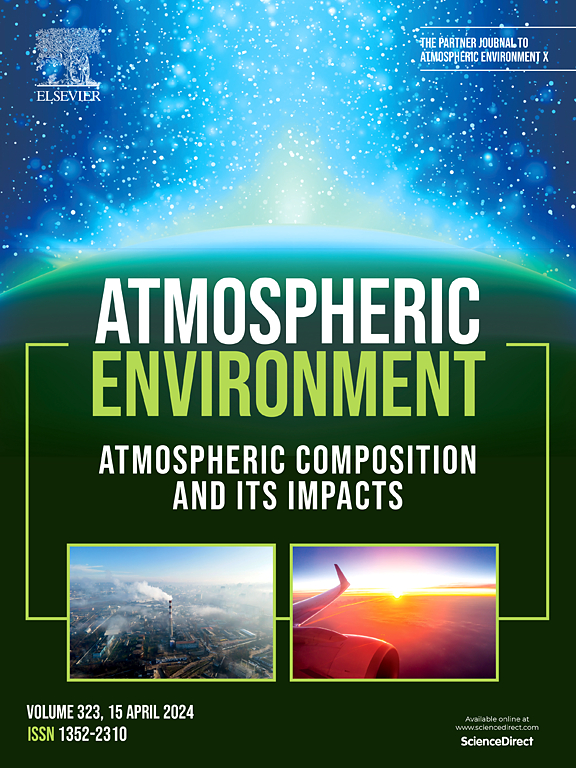PurpleAir PM2.5 测量的深度学习校准模型:对 PurpleAir 网络的全面调查
IF 4.2
2区 环境科学与生态学
Q2 ENVIRONMENTAL SCIENCES
引用次数: 0
摘要
本文章由计算机程序翻译,如有差异,请以英文原文为准。
Deep learning calibration model for PurpleAir PM2.5 measurements: Comprehensive Investigation of the PurpleAir network
The limited number of PM2.5 monitoring stations from the Environmental Protection Agency (EPA) across the Contiguous United States (CONUS) restricts PM2.5 monitoring and associated policymaking efforts. Low-cost PM2.5 stations, such as those from the PurpleAir network, offer a vital alternative to expand coverage in regions not monitored by the EPA. However, the accuracy of PurpleAir measurements has been questioned. This study introduces a deep learning (DL) approach, specifically a deep convolutional neural network (DeepCNN), to align hourly PM2.5 data from PurpleAir with EPA PM2.5 observations across the CONUS for the year 2021. Utilizing over nine million samples from 1595 PurpleAir stations located within 5 km of EPA stations, the DeepCNN demonstrates significant improvements in the agreement between PurpleAir and EPA observations. It increases the correlation coefficient (R) with EPA observations from 0.58 to 0.85 and reduces the mean absolute bias (MAB) from 4.99 to 2.98 μg/m3, achieving a 40% reduction in bias. The state-wise cross-validation also underscores the model's generalizability, with an average 11% improvement in R values and a 13% reduction in bias between PurpleAir and EPA PM2.5 measurements in various states. Comparative analysis reveals that the accuracy of our DL-enhanced PurpleAir PM2.5 (PM-DL) data significantly surpasses that of five previously established PurpleAir correction models, which show low R values of 0.55–0.58 and MABs ranging from 4.21 to 6.43 μg/m3 when validated against EPA data. This study underscores the need for more sophisticated models to better align PurpleAir PM2.5 measurements to EPA standards. The PM-DL data can substantially mitigate the scarcity of reliable institutional PM2.5 observations across the CONUS. By aligning PurpleAir PM2.5 data with EPA observations, our model has the potential to augment the existing network with over ten thousand accurate monitoring stations, significantly expanding upon the nearly one thousand EPA stations currently in operation.
求助全文
通过发布文献求助,成功后即可免费获取论文全文。
去求助
来源期刊

Atmospheric Environment
环境科学-环境科学
CiteScore
9.40
自引率
8.00%
发文量
458
审稿时长
53 days
期刊介绍:
Atmospheric Environment has an open access mirror journal Atmospheric Environment: X, sharing the same aims and scope, editorial team, submission system and rigorous peer review.
Atmospheric Environment is the international journal for scientists in different disciplines related to atmospheric composition and its impacts. The journal publishes scientific articles with atmospheric relevance of emissions and depositions of gaseous and particulate compounds, chemical processes and physical effects in the atmosphere, as well as impacts of the changing atmospheric composition on human health, air quality, climate change, and ecosystems.
 求助内容:
求助内容: 应助结果提醒方式:
应助结果提醒方式:


